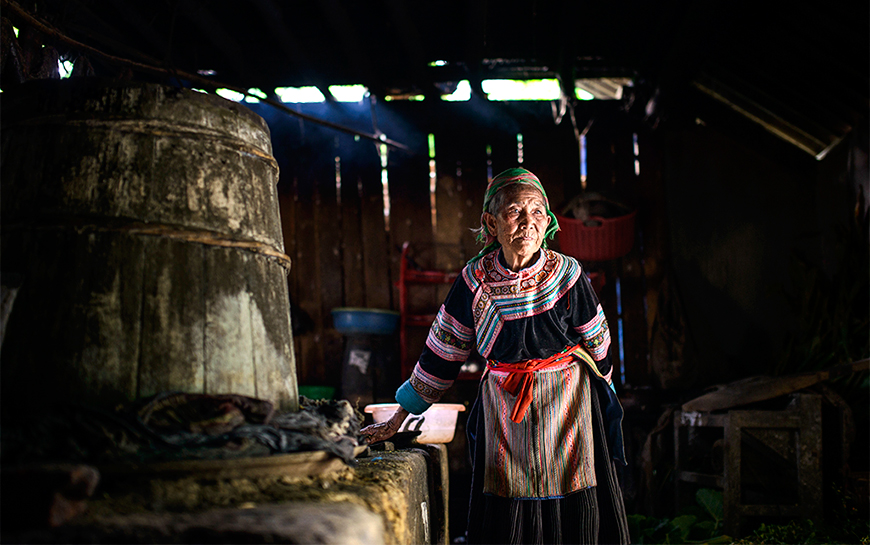Due to the cooler temperatures and high altitudes of the region, the crops available to the people of Sapa are distinguishable from that of the Vietnamese lowlands. This fact, combined with the diverse array of ethnicities present, means that Sapa has developed a distinctive regional cuisine.
Thang Co
A traditional dish always popular at the local markets, Thang Co is a flavourful stew served steaming hot from giant cauldrons to warm the body. Its ingredients consist of 12 different spices, vegetables and meat, an ancient recipe passed down for centuries.
The special chilli added to the soup gives it a unique kick and adds further to its warming quality that it is prized for among the locals. Originally the meat used would be horse, although these day beef or buffalo are more common.
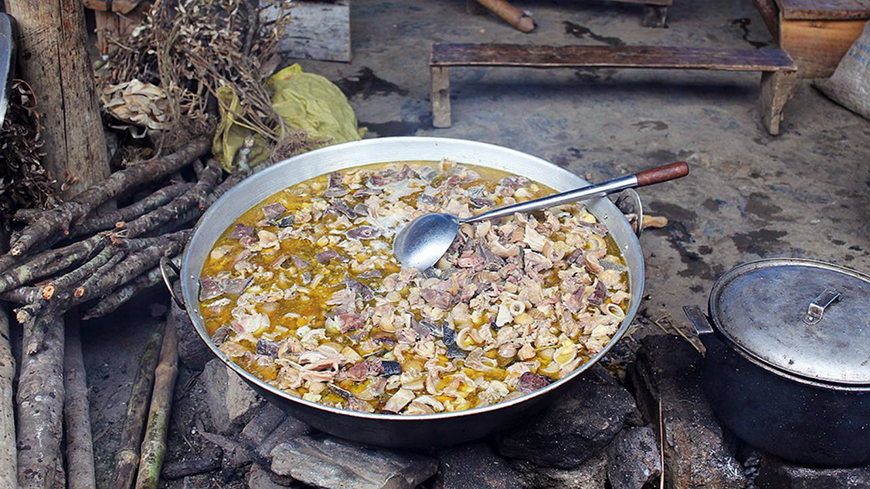
Barbeque
Barbequing is a national past-time all over Vietnam, and in this regard Sapa is no exception. Every night the road leading from the church toward Thac Bac Waterfall becomes a long line of BBQ stalls, and the tantalising smells that waft from the grills never fail to draw a significant crowd of both locals and foreign visitors. Sapa has its own distinctive style of barbeque, featuring a unique marinade that is slathered over all the different ingredients.
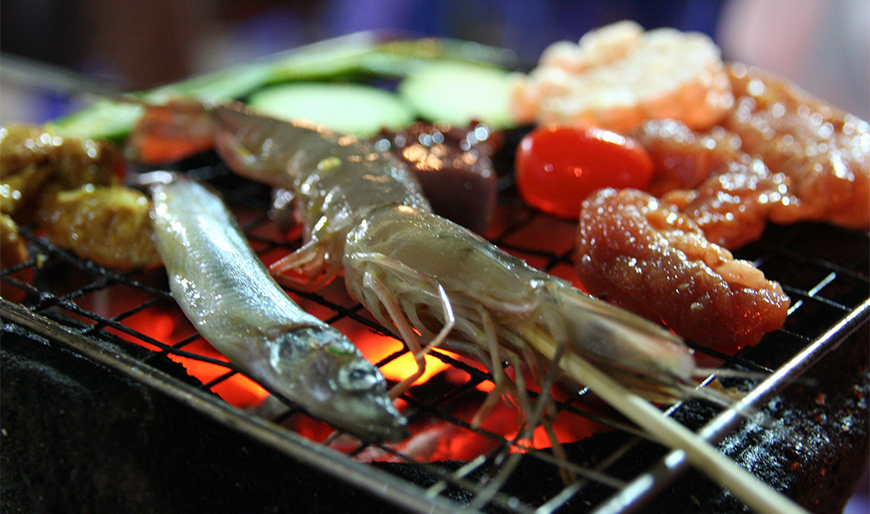
Cap Nach Pigs
Cap Nach Pig can be translated as “Pig carried under the arm” and refers to the small, wild pigs which are common in the north of Vietnam. The pigs are allowed to roam free in the wild, thus feeding themselves by foraging in the forest. This goes on for roughly a year, before they are captured and slaughtered. This process results in a high quality and lean type of meat.
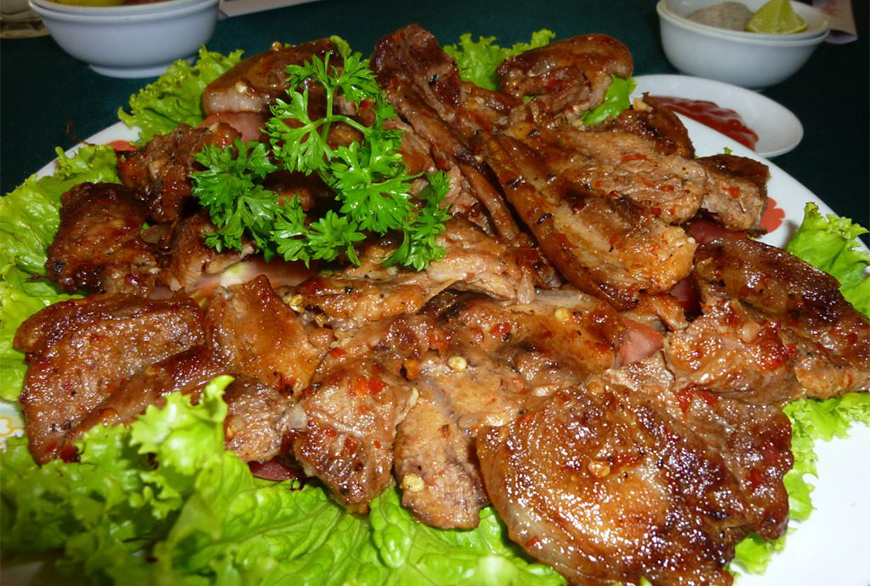
Khang Gai
Khang Gai, unique to Sapa, is very similar to jerky. It’s made through the hanging, drying and smoking of horse, beef, pork or buffalo, and results in a chewy and smoky meat. Khang Gai is commonly enjoyed as a snack (like jerky) or as part of a soup.
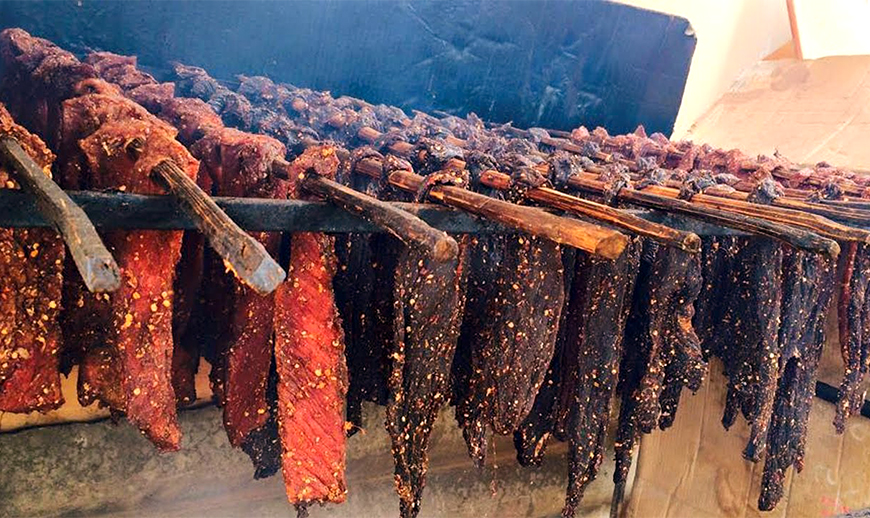
Salmon
Salmon might not be something you expect when visiting a landlocked region, but the cool weather of Sapa actually makes for ideal conditions for farming of salmon. The fish is most commonly served raw as sashimi or as part of curries.
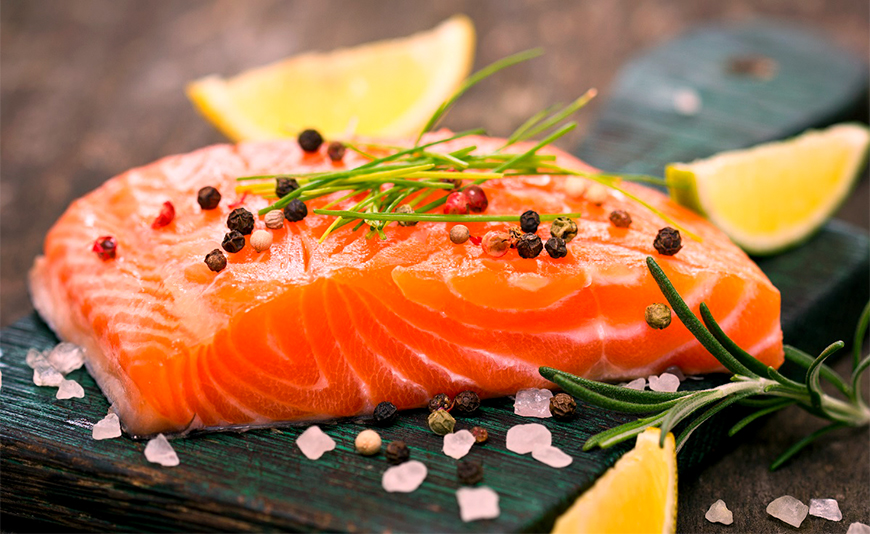
Com Lam
Com Lam refers to a specific way of preparing rice at the BBQ stands. Pre-soaked rice is seasoned with salt and stuffed into bamboo cylinders, before being wrapped in a banana leaf and placed on the grill. This results in a sticky and smoky rice which can be eaten either on its own or as a side dish.
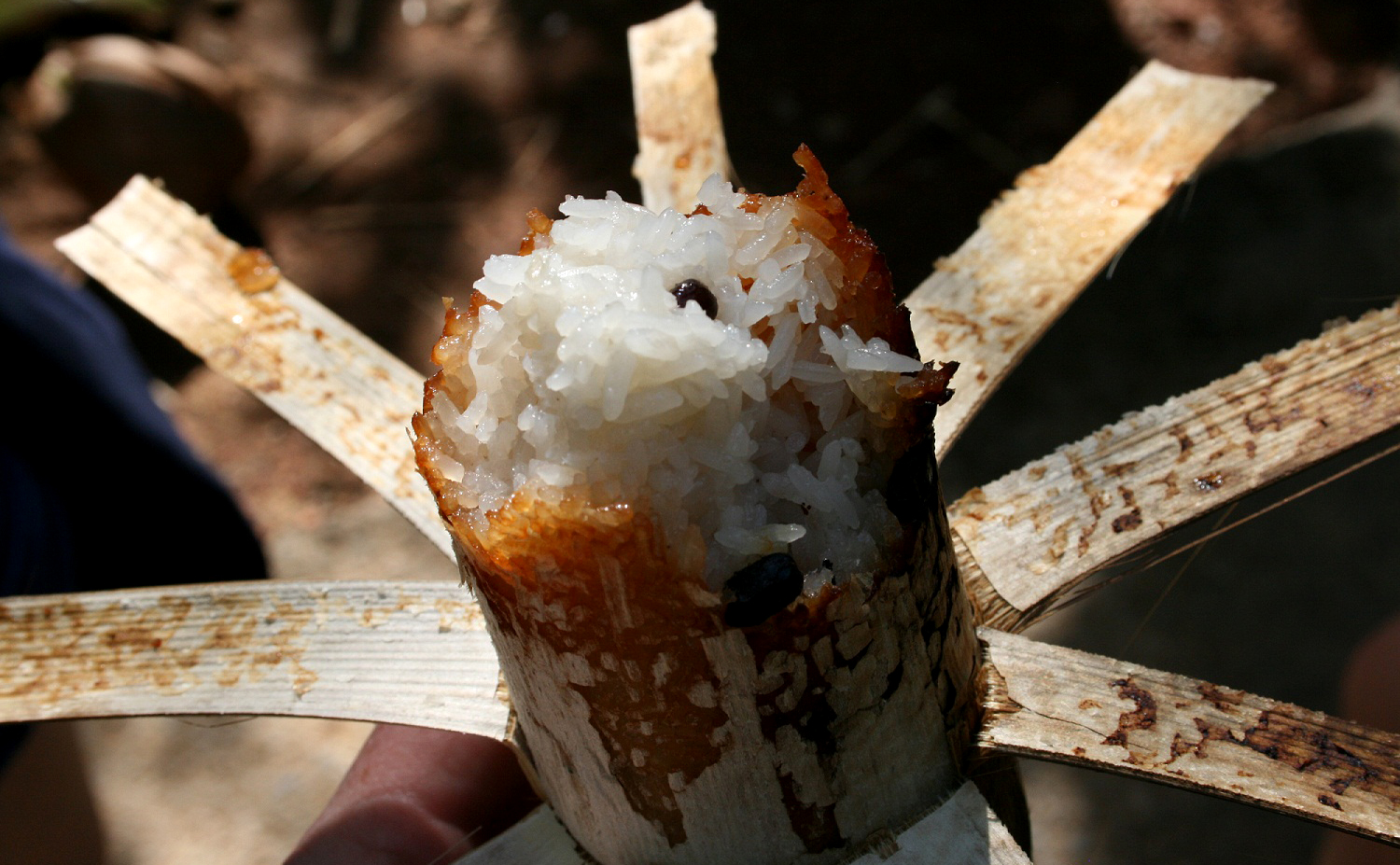
Xoi Ngu Sac
This dish, originating from the Tay people, is a feast for both the eyes and the tongue. It consists of rice coloured in five different colours (white, purple, green, yellow and orange) and is dyed using a variety of fruits and spices, and each colour serves a representation of one of the five elements.
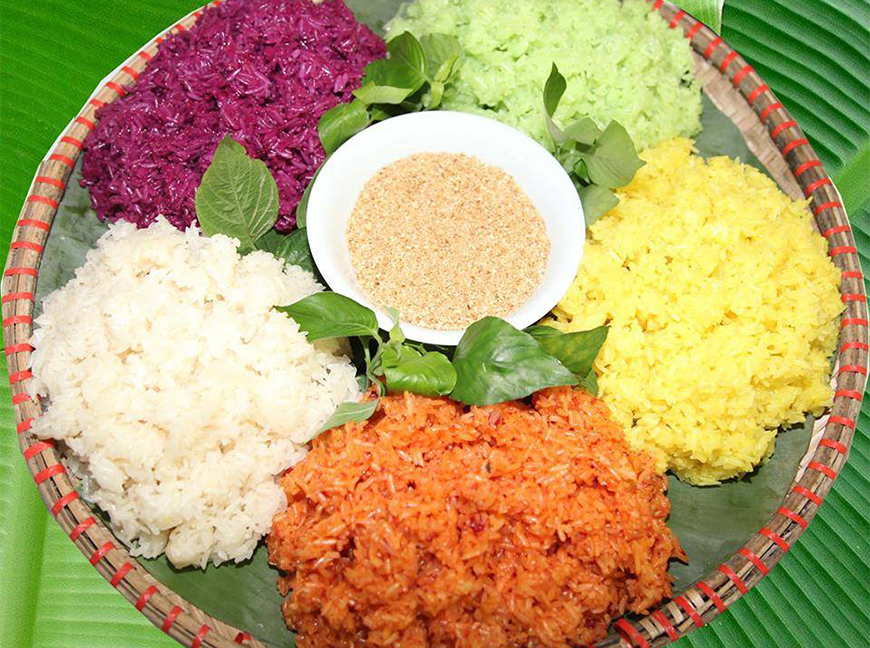
Speciality Wines
Like much of Vietnam, Sapa produces its own staple alcohol. The wines are usually based on recipes unique to each individual village, and these recipes have been passed down for generations, using only local ingredients. The wines are commonly thought to have medicinal properties, and are great for keeping warm during the cold winter months. Some types that we recommend especially are Ruou Ban Pho (a corn wine from Bac Ha), Ruou San Lung (a Red Dao rice wine) and Ruou Tao Meo (a sweet wine from the Hoang Lien Son Mountains)
